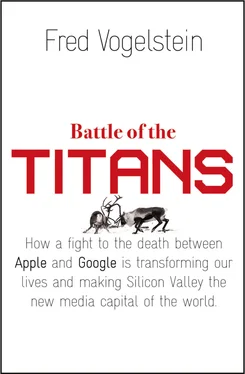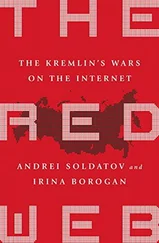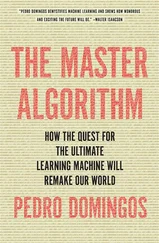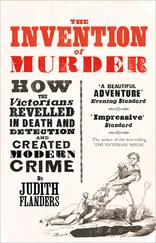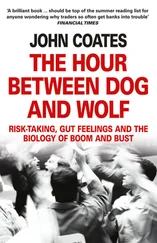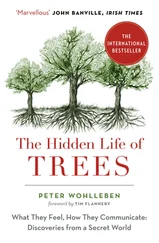Where did all these very smart and very wealthy people go wrong? They had the wrong devices in mind. The media and communications tycoons all predicted that the convergence would happen on the personal computer—that their equipment supplying television programming, such as set-top boxes, would ultimately control our personal computers too. The software tycoons—largely Microsoft and Bill Gates—predicted that it would be personal computers that would take over our television sets. Instead, the touchscreen smartphone and touchscreen tablet are driving all the changes—two devices that hadn’t been invented until recently. The problem with the television is that it is a lousy device to do any kind of work on. The problem with the PC is that it is a lousy device to consume entertainment on. The smartphones and tablets, because they are portable and so easy to use, are turning out to be the perfect blend of both. You’d never pull out a laptop to play a game or watch a movie when you’re standing in line or sitting in the back of a cab. But we do that with our smartphones and tablets all the time. We accept the trade-off of screen size for portability because, unlike with previous portable devices, there are no other compromises we need to make. Their screens, while small, are actually sharper than those of most televisions. Their batteries last all day. They turn on immediately. They are connected to wireless networks that are fast enough to stream movies. And they are powerful enough to effectively run the same applications as every other machine we have.

By the end of this book you’ll have a good idea who I think is winning the Apple/Google fight. But you’ll also develop enough respect for what each side has had to go through just to stay in the game that you might feel bad rooting for either side. One of the things that I didn’t expect when I took on this project was how hard it is to conceive and build the products that Steve Jobs liked to casually pull out of his pocket onstage. Whether you are an Apple engineer, a Google engineer, or any engineer, building products that change the world isn’t just work. It’s a quest. It leaves its participants not only tired the way all jobs sometimes do but mentally and physically exhausted—even traumatized—at the end. Part of Jobs’s appeal as a leader and a celebrity was that he successfully hid all this from public view. He made innovation look easy. Now he is gone. And, as you’ll see in the following pages, there are many engineers at both companies who want the rest of the world to know what changing the world really has been like. Before there could be the smartphones and tablets we all now buy and take for granted, there was yelling, screaming, backstabbing, dejection, panic, and fear over what it would take to get those projects off the ground and into consumers’ hands. They want you to understand what the iPhone and Android projects were like at the beginning—and so that is where this book will start.
The fifty-five miles from Campbell to San Francisco is one of the nicest commutes anywhere. The journey mostly zips along the Junipero Serra Freeway, a grand and remarkably empty highway that abuts the east side of the Santa Cruz Mountains. Known as 280 to locals, it is one of the best places in Silicon Valley to spot a start-up tycoon speed-testing his Ferrari and one of the worst places for cell phone reception. For Andy Grignon in his Porsche Carrera, therefore, it was the perfect place for him to be alone with his thoughts early on January 8, 2007.
This wasn’t Grignon’s typical route to work. He was a senior engineer at Apple in Cupertino, the town just west of Campbell. His morning drive typically covered seven miles and took exactly fifteen minutes. But today was different. He was going to watch his boss, Steve Jobs, make history at the Macworld trade show in San Francisco. Apple fans had for years begged Jobs to put a cell phone inside their iPods so they could stop carrying two devices in their pockets. Jobs was about to fulfill that wish. Grignon and some colleagues would spend the night at a nearby hotel, and at 10:00 a.m. the following day they—along with the rest of the world—would watch Jobs unveil the first iPhone.
Getting invited to one of Jobs’s famous product announcements was supposed to be a great honor. It anointed you as a player. Only a few dozen Apple employees, including top executives, got an invite. The rest of the spots were reserved for Apple’s board of directors, CEOs of partners—such as Eric Schmidt of Google and Stan Sigman at AT&T—and journalists from around the world. Grignon got an invite because he was the senior engineer for all the radios in the iPhone. This is a big job. Cell phones do innumerable useful things for us today, but at their most basic they are fancy two-way radios. Grignon was in charge of the equipment that allowed the phone to be a phone. If the phone didn’t make calls, connect with Bluetooth headsets, or connect to Wi-Fi setups, Grignon had to answer for it. As one of the iPhone’s earliest engineers, he’d dedicated two and a half years of his life—often seven days a week—to the project. Few deserved to be there more than he did.
But as Grignon drove north, he didn’t feel excited. He felt terrified. Most onstage product demonstrations in Silicon Valley are canned. The thinking goes, why let bad Internet or cell phone connections ruin an otherwise good presentation? Jobs’s presentations were live, however. It was one of the things that made his shows so captivating. But for those in the background, such as Grignon, few parts of the job caused more stress. Grignon couldn’t remember the last time a Jobs show of this magnitude had gone sideways. Part of what made Steve Jobs such a legend was that noticeable product-demo glitches almost never happened. But Grignon found it hard to recall the last time Jobs was so unprepared going into a show.
Grignon had been part of the iPhone launch-preparation team at Apple and later at the presentation site in San Francisco’s Moscone Center. But he had rarely seen Jobs make it all the way through his ninety-minute show without a glitch. Jobs had been rehearsing for five days, yet even on the last day of rehearsals the iPhone was still randomly dropping calls, losing the Internet connection, freezing, or just shutting down.
“At first it was just really cool to be at rehearsals at all—kind of like a cred badge. ‘Fuck yeah, I get to hang out with Steve,’” Grignon said. Like everything else that surrounded Jobs, the preparations were as secret as a U.S. missile attack on Afghanistan. Those who were truly in felt as if they were at the center of the universe. From Thursday through the end of the following week, Apple completely took over Moscone. Backstage it built an eight-by-eight-foot electronics lab to house and test the iPhones. Next to that it built a greenroom with a sofa for Jobs. Then it posted more than a dozen security guards twenty-four hours a day in front of those rooms and at doors throughout the building. No one got in or out without having his or her ID electronically checked and compared with a master list that Jobs had personally approved. More security checkpoints needed to be cleared once visitors got inside. The auditorium where Jobs was rehearsing was off-limits to all but a small group of executives. Jobs was so obsessed with leaks that he tried to have all the contractors Apple had hired for the announcement—from people manning booths and doing demos to those responsible for lighting and sound—sleep in the building the night before his presentation. Aides talked him out of it.
Читать дальше
